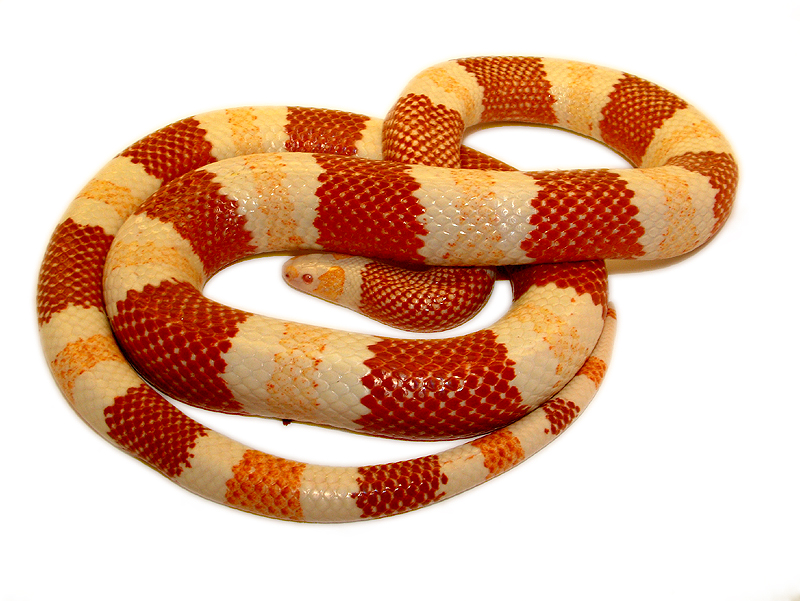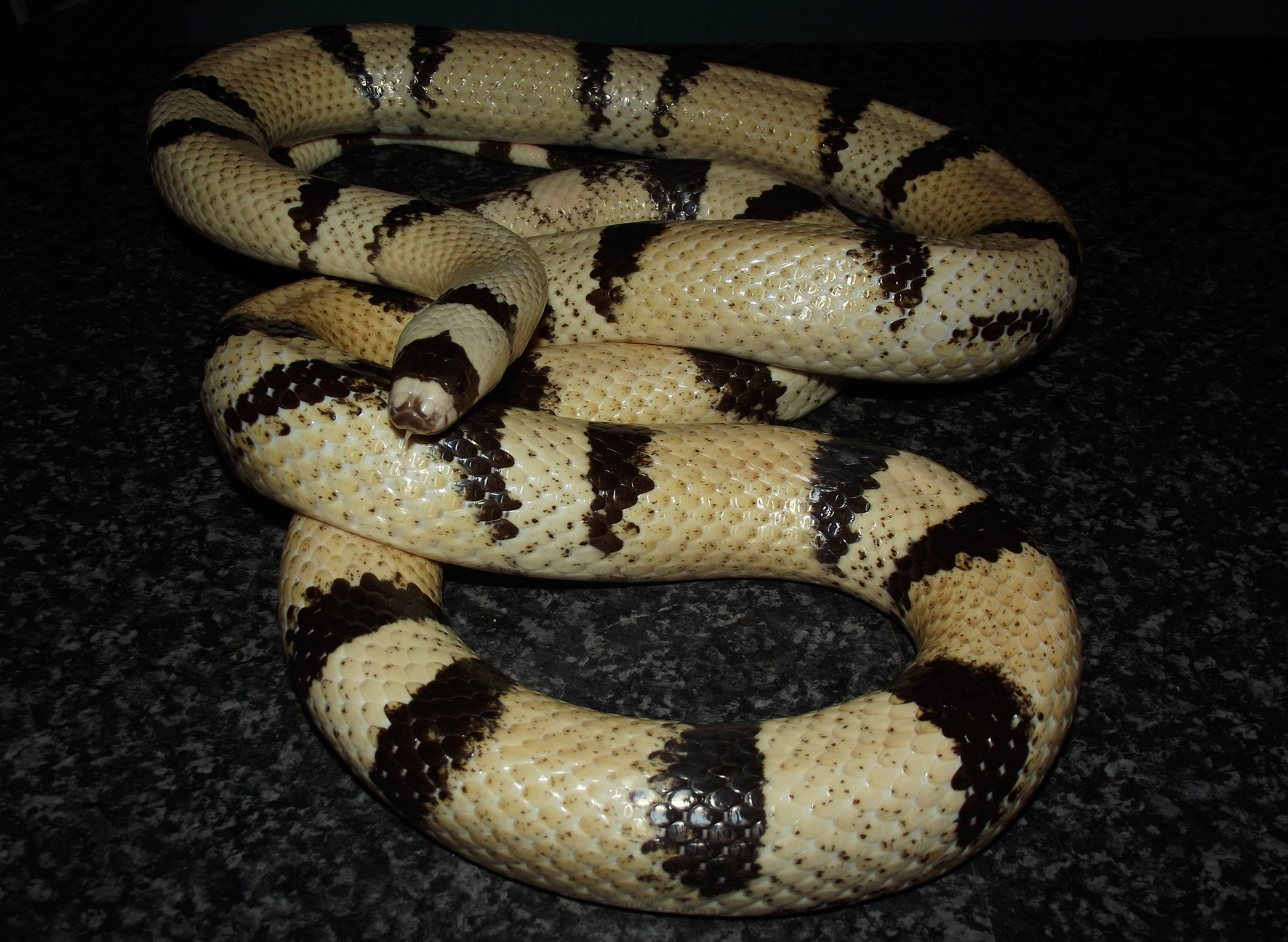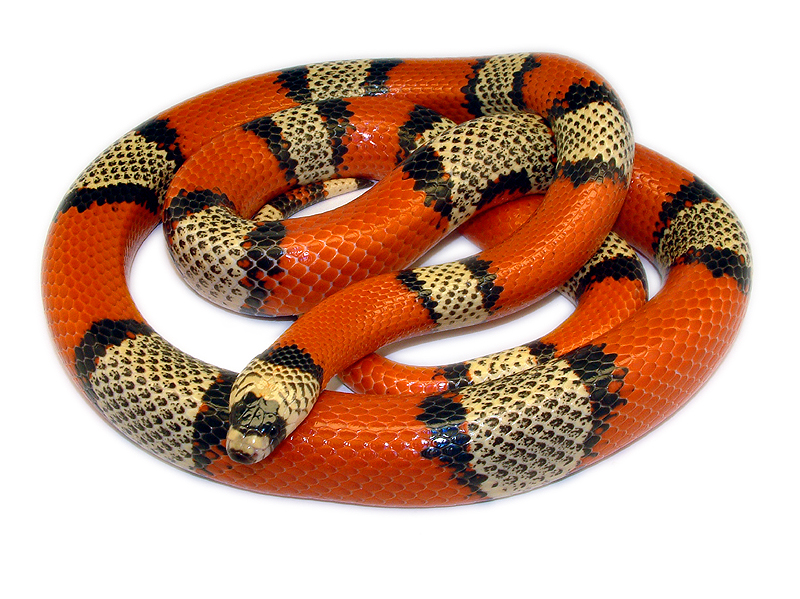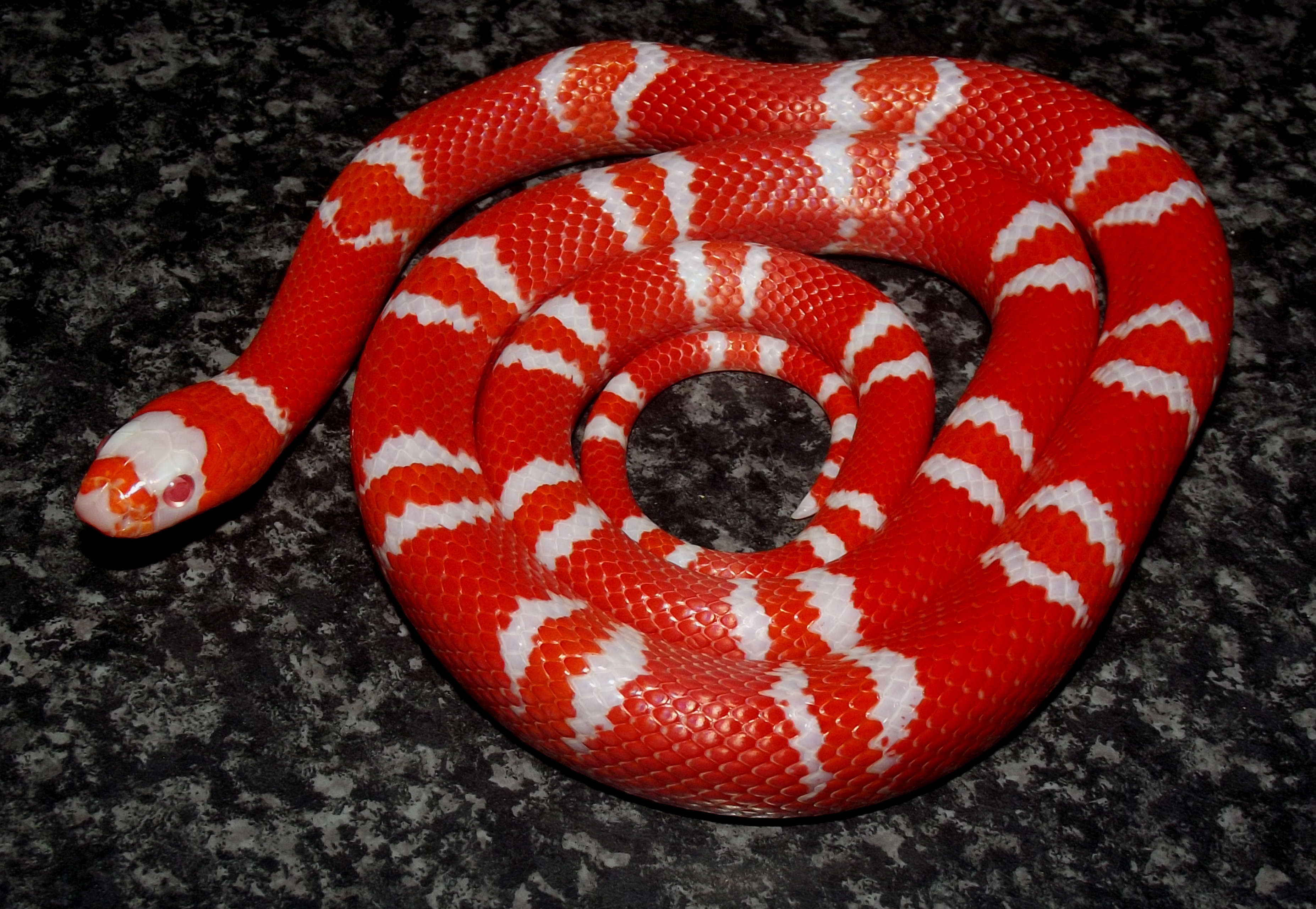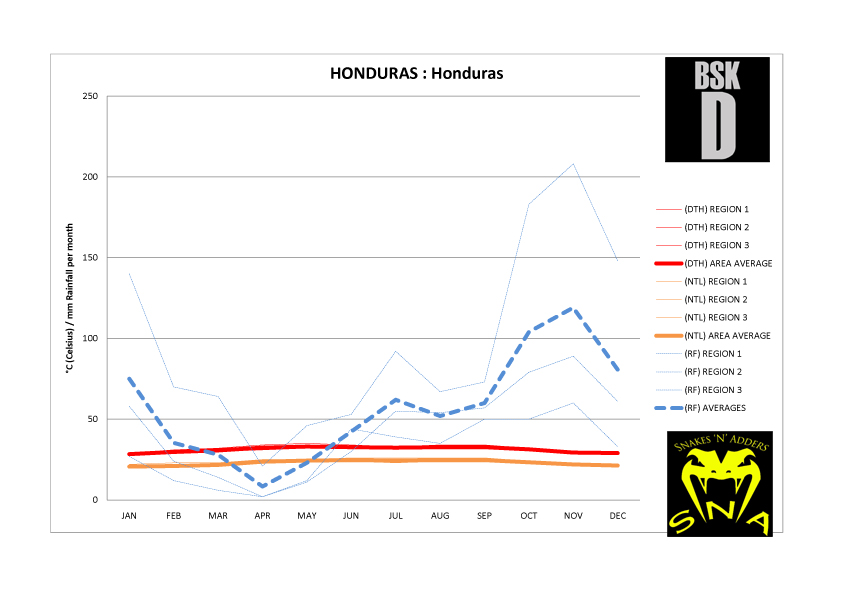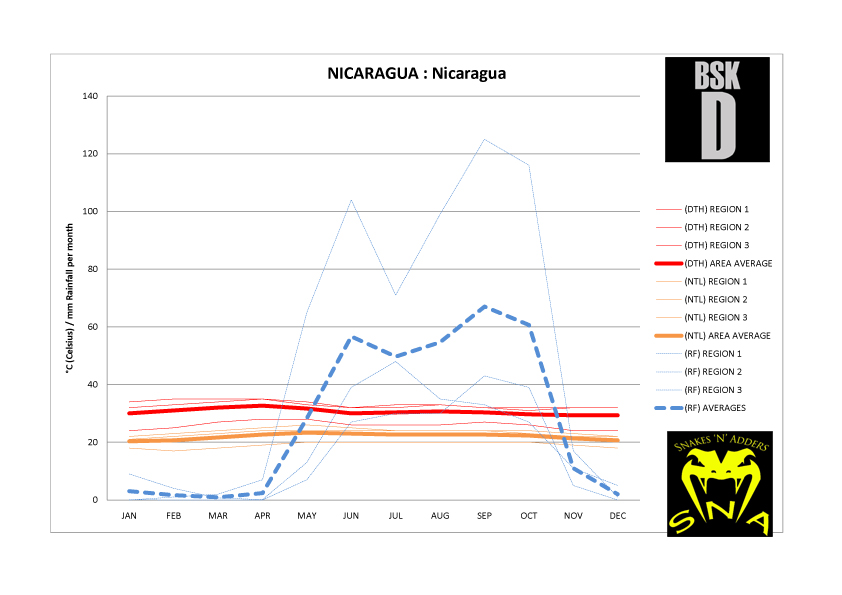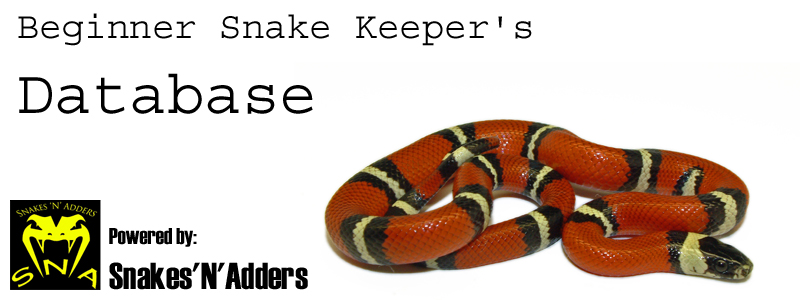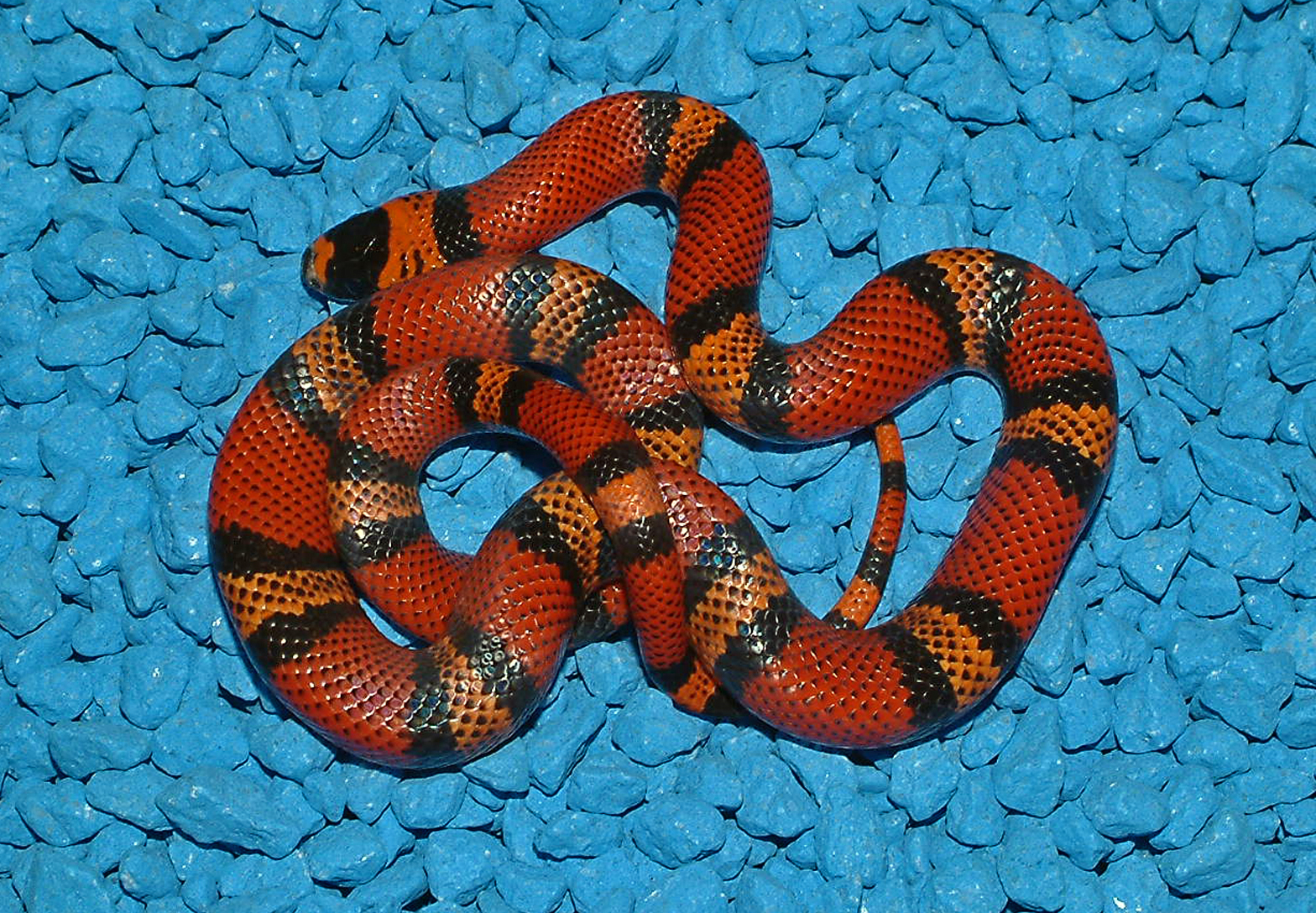
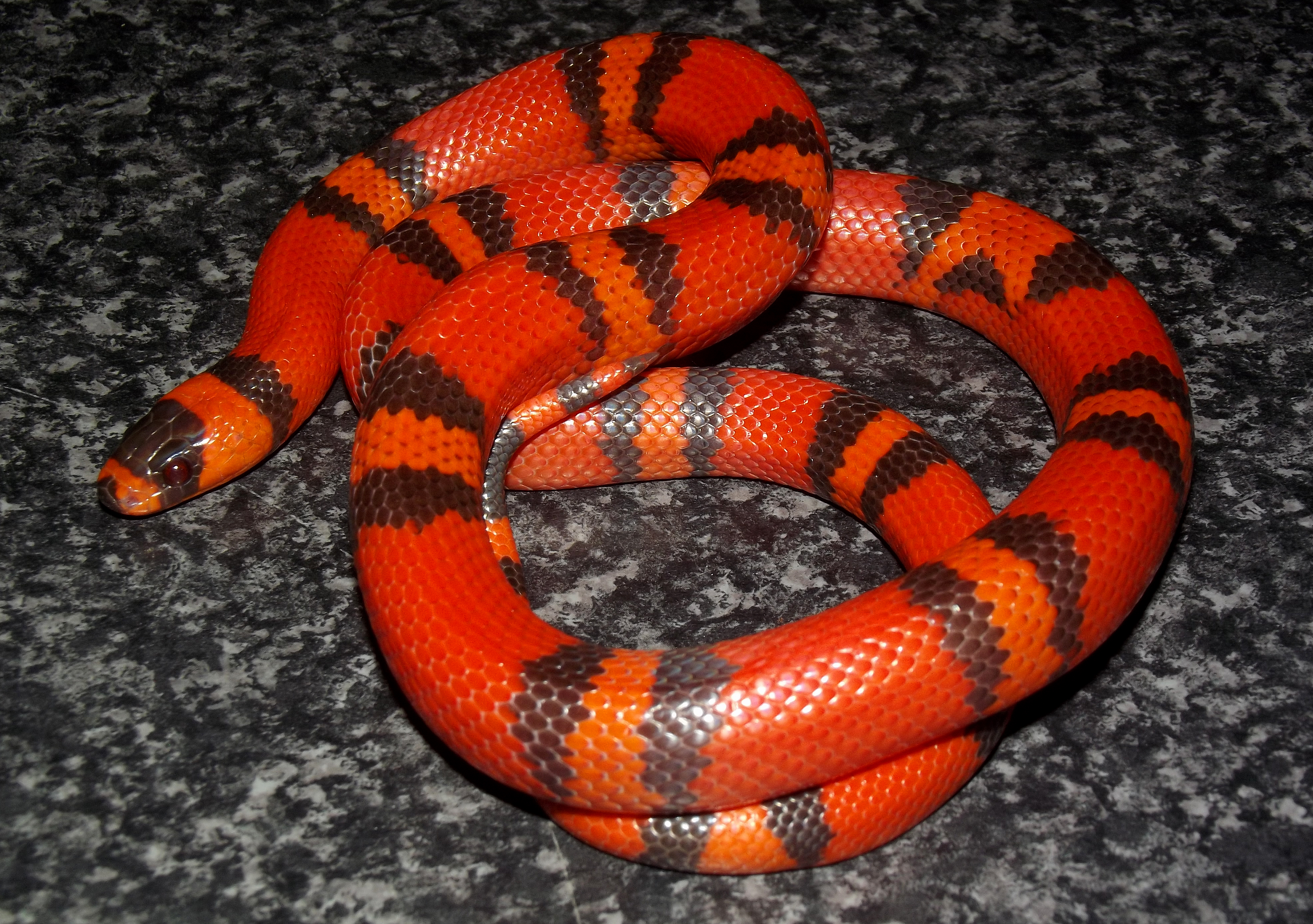
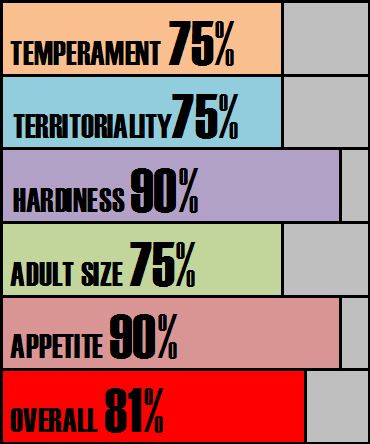

Species Notes based on experiences:
Milk Snakes are examples of batesian mimicry. Milk Snakes have evolved to impersonate the deadly Coral Snake (Micrurus). The old saying Red next to Yellow…kill a fellow, Red next to Black….venom lack or friend of jack. This is in reference the way the annulations or rings of the milks snake’s pattern are arranged. Save for adult size, the amount of black pigment present and overall build of the snake Milk Snakes are generally very similar snakes to consider as pets regardless of subspecies. Some species have been excluded from consideration because of their much smaller than average size such as the Red Milk Snake (Lampropeltis triangulum syspila) which may require lizards as first prey to establish in captivity. All the Milk Snakes listing on this site will generally feed unassisted on rodent prey from birth. This snake has now been rolled into the Abnorma Milk snake (Lampropeltis abnorma) along with three other subspecies not listed on this website owing to how rarely they are encountered in the hobby. We have bred for ‘Honduran’ standards for 30 years and ’Pacific Central American’ Standards for 30 years. Why on earth would we want to mix them? Bear in mind taxonomic decisions are based upon shifting sands, and what is de rigour one minute is old news the next. We could have mixed species that in time may well be separated again. Honduran Milk snakes are the largest Milk Snake covered in this Book. In fact they are probably the largest Lampropeltis most keepers can get hold of. Records show specimens have been found to exceed 2 metres handily. Fear not, this is incredibly rare and finding a Honduran Milk Snake over 5ft would be considered a rarity. This is a chunky Milk Snake where the head is barely offset from the thick strong neck. This is a strong snake and easily stronger than a Corn Snake or Rat Snake of similar length and you can feel this whilst it is in the hand. Red Bands are around 3 black bands thick, the yellow or tangerine central bands are slightly thicker than the black bands. A cultivar known as tricolour sees the thickness of these bands double in width making them mildly reminiscent of the Pueblan Milk snake. Black tipping of the scales becomes heavier over time diffusing the neatness of the pattern slightly. The black tipping is not as extreme as that seen with the Andean Milk Snake. More genes have been exposed in Honduran milk Snakes than any of the other Milks. Albino, Anerythrystic (Black albino red missing), Hypomelanistic (Reduced melanin), Snow (Albino + Anery), Ghost (Anery + Hypomelanistic, plus a raft of adaptations to the pattern including pinstripe and vanishing pattern. These have helped to keep the Honduran relevant in today’s hobby. It is a shame that the presence of genetic mutations seems to be what keeps a snake popular with keepers.
Score analysis:
When considering temperament, Honduran Milk Snakes are generally very well behaved. They can be nervous or flighty snakes like some of the other Milk Snakes listed here as youngsters. If defensive behaviours occur, this will include tail rattling and vacating the contents of the cloaca. Biting is incredibly rare, the preoccupation with nervous Milk Snakes is to escape. With patience and time the snake will usually readily calm down and by the time the animal is a year of age it will be fully compliant.
Territory issues are nearly always more prevalent than true temperament issues. If startled snakes may rattle their tail and throw coils of their body in an agitated manner. This usually ends up covering the head (on purpose), if this fails a Milk snake may dart away trying to escape the human that disturbed it.
This snake is more subtropical than many of the other Milk Snakes. This snake originates from comparatively low altitudes so would benefit from the tropical heat and climate offered by Nicaragua and Honduras. Over the many generations of captive breeding this snake has established a great reputation for hardiness and does not fall ill easily. This species would benefit from the presence of a damp hide or moss box to aid shedding.
This is an big Milk Snake. An adult feels like a considerable snake to handle and may intimidate younger keepers. For this reason it may be better suited to older teens and adults who may be more confident. Ironically the older the Honduran generally the tamer they become.
Initially babies may be nervous and flee from food offered on tongs. It may take a couple of months before the snakes are comfortable strike feeding. Some keepers just default to leaving their snake to it and leave their prey on a tray for them to hoover up in their own time. Milk Snakes are cannibals, they should be housed separately always. In the wild they are reptile feeding specialists taking both other snakes and lizards. Pairing of animals for breeding trials should be done with care.
Tub:
This species would be unsuitable for tubs long term owning to adult size
Vivarium:
120cm x 60cm x 60cm
Budget rig: -
60cm x 30cm heat pad
On / off thermostat
Digital thermometer to monitor thermostat performance
Warm hide
Cool hide
Water bowl
substrate
Recommended rig (vivarium only): -
250w ceramic heat emitter
Ceramic lamp holder and bracket
Bulb guard
Day night thermostat
Digital thermometer to monitor thermostat performance
Various logs and caves along the thermal gradient
Damp hide
Climbing and exercise branches
Plants and foliage (live or artificial – your choice)
Water bowl
Substrate
UVB light (8w T5 shade dweller 7% kit from Arcadia or equivalent) (optional)
Subterranean section to vivarium for further psychological security (optional)
Climate analysis:
This is a subtropical species of Milk Snake that enjoys relatively buoyant temperatures throughout the year. In captivity we only offer a gentle period of cooling where we will stop feeding for 6-8 weeks. Coupled with a reduced light cycle this is plenty to get the snakes in the mood to breed. Most snakes will feed year round given the opportunity but care should be taken not to allow your snake to become obese.
Conclusion:
The most likely species of Milk Snake you will find in the UK. There will potentially be a number of colours to choose from. Their care does not change with the different colour, they are the same snake underneath. They are great feeders, calm down readily with regular handling and as they become older are the most confident of the Milks and may chose to bask out in the open which some of its smaller cousin would never dream of.
